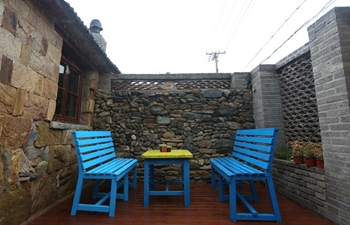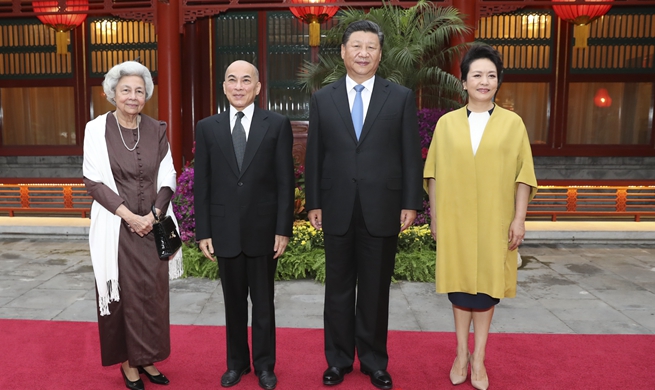VIENTIANE, Sept. 20 (Xinhua) -- Lao heath authorities are assessing their response to dengue fever after more than 4,600 infections along with 14 deaths have been recorded in the country up to Sept. 14 this year.
This compares to 5,584 dengue fever cases including 14 deaths countrywide for all of 2017, local daily Vientiane Times reported on Thursday.
Savannakhet in central Laos has recorded dengue fever infections at a higher rate with 719 cases including six deaths recorded this year so far while three deaths were reported last year.
So far in 2018, the Lao capital Vientiane has reported 585 dengue cases with no deaths, Champassak in the south has had 773 cases and two deaths, while another southern province of Attapeu 877 cases and three deaths.
Saravan in the south, Xayaboury and Oudomxay provinces in the north reported one death each, according to the Lao National Center for Laboratory and Epidemiology under the Ministry of Health.
Deputy General Director of Vientiane Health Department, Xayaphone Nanthaphone gave details of plans to tackle dengue fever last week during an interview with Lao media.
She said authorities were particularly concerned with the death rate from dengue recorded in Savannakhet province which is higher than other areas of the country.
Health authorities have admitted their concerns about the rate of dengue fever cases this year and have been reiterating prevention and control measures to prevent a future pandemic.
"With dengue fever infections continuing to increase health experts have convened meetings every Monday to discuss interventions undertaken in the fight against the virus," she said.
"We acknowledge that increasing public awareness is one of the main strategies to reduce the risk of dengue transmission," Xayaphone added. Therefore, local officials and health authorities have been urging people to clear potential mosquito breeding sites around their homes and workplaces to help curb the spread of the virus.
Village heads, associations, charities, and monks are also important in the battle against the potentially fatal virus.
Schools, hospitals, factories, hotels, restaurants, tourist facilities, and offices should organize cleaning activities to remove any sources of stagnant water to slow mosquito breeding.
These activities are focused on long-term prevention rather than one-off treatment and are vital to combating the disease. In particular, local communities needed to keep their surroundings clean, while focusing on killing mosquitoes and their larva inside and near these areas.













